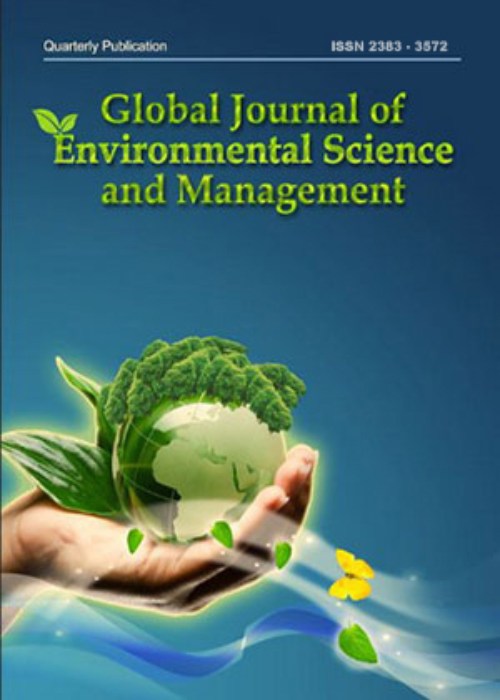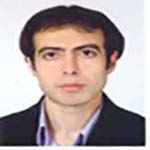Dispersion modelling of particulate matter concentrations of sand product plants in a mineral complex
Sand and gravel product plants are among the significant sources of dust pollutants. This study was conducted to estimate dust concentrations released from these plants in a mineral complex in the southwest of Tehran.
Initially, the amount of silt and moisture content of the samples taken from these plants were determined according to the American Society for Testing and Materials C136 and D2216 methods, respectively. Accordingly, the rates of particulate matter emissions from these plants were determined by the AP-42 dust emission estimation methods published by the United States Environmental Protection Agency. Next, a Gaussian model was used to estimate the particulate matter concentrations in the surrounding residential areas. Finally, the simulated concentrations were compared with the United States Environmental Protect Agency and World Health Organization standards.
Results showed that hauling operations, with producing 70%, 86%, and 90% of total PM2.5, PM10 and total suspended particulates, respectively, were the major sources of dust emission in the sand and gravel product plants. The lowest dust emission was related to stockpiling handling, producing 0.24%, 0.33%, and 0.16% of the total PM2.5, PM10 and total suspended particulates. The results of the presented model indicated that 24-hour average concentrations of PM2.5, PM10, and total suspended particulates produced by mining activities were about 36, 183, and 690 µg/m3 in the working zone and less than 30, 100, and 400 µg/m3 beyond the mineral complex boundary, respectively. Thus, annual average dust concentrations were negligible. The concentrations of PM2.5 and PM10 produced by these plants in the mineral complex ambient air were higher than the standard average values recommended by the United States Environmental Protect Agency and World Health Organization. However, the concentrations of PM2.5 and PM10 from these plants in the residential areas around the complex, were below the standard limits proposed by the Environmental Protection Agency.
Sand and gravel mining activities increased the concentrations of particulate matter in the air of the surrounding areas and, to some extent, farther cities. PM2.5 and PM10 resulting from the sand and gravel mining activities could damage the workers in the mineral complex. They exceeded the 24-hour average permissible limits proposed by the United States Environmental Protection Agency about 1 and 33 µg/m3, respectively. This study showed the necessity of changing the industrial policies adopted to decrease dust emission rates. The results of this study can help the air pollution experts develop proper strategies for improving the air quality in the vicinity of surface mines.
- حق عضویت دریافتی صرف حمایت از نشریات عضو و نگهداری، تکمیل و توسعه مگیران میشود.
- پرداخت حق اشتراک و دانلود مقالات اجازه بازنشر آن در سایر رسانههای چاپی و دیجیتال را به کاربر نمیدهد.




